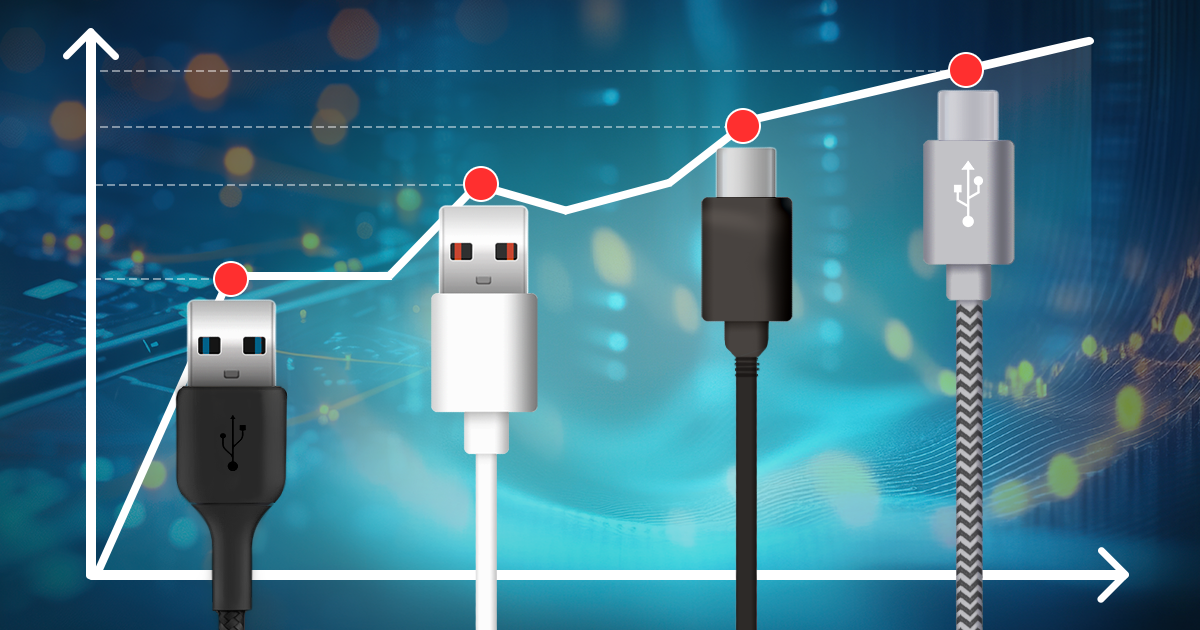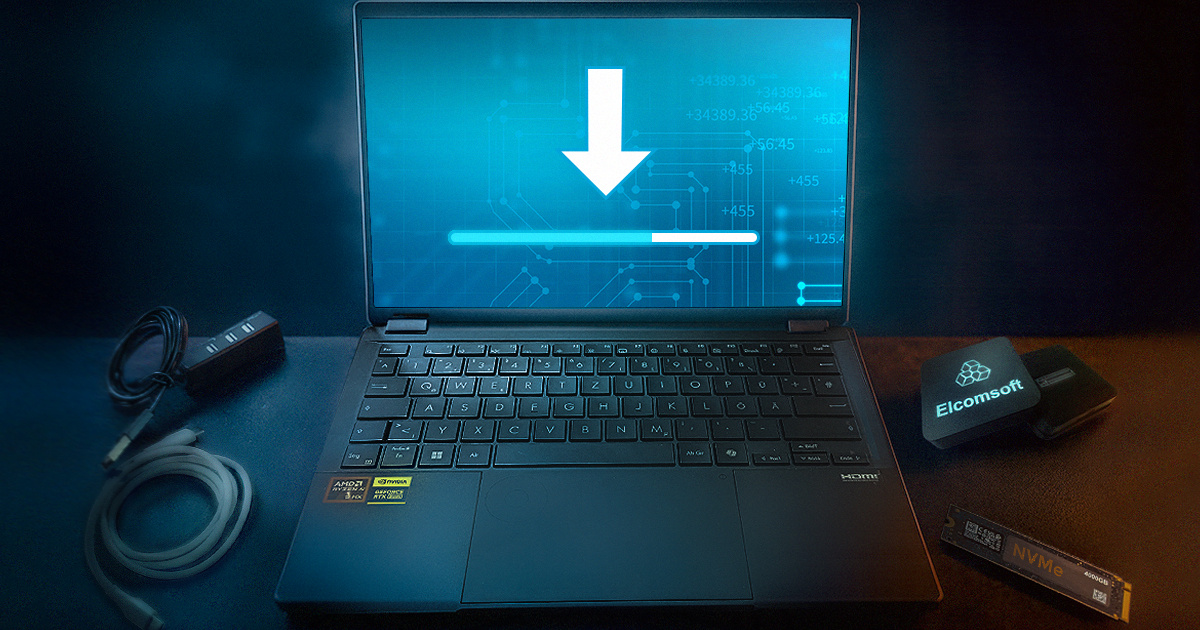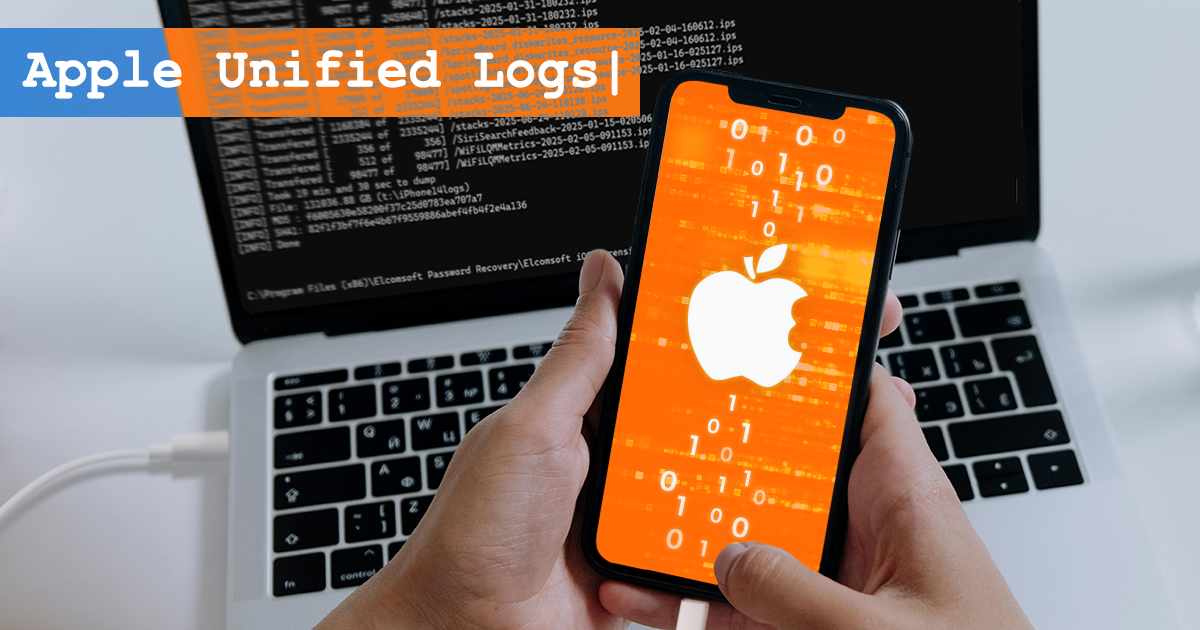On January 23, 2023, Apple have released a bunch of system updates that target the different device architectures. iOS 16.3 is available for many recent devices, while older models were updated to iOS 12.5.7, iOS 15.7.3 and iPadOS 15.7.3 respectively. While Elcomsoft iOS Forensic Toolkit supported these versions of the system from the get go, today we are rolling out an update that irons out minor inconveniences when imaging such devices.
What does “forensically sound extraction” mean? The classic definition of forensically sound extraction means both repeatable and verifiable results. However, there is more to it. We believe that forensically sound extractions should not only be verifiable and repeatable, but verifiable in a safe, error-proof manner, so we tweaked our product to deliver just that.
Apple is known for a very long time they support their devices. On January 23, 2023, alongside with iOS 16.3 the company rolled out security patches to older devices, releasing iOS 12.5.7, iOS 15.7.3 and iPadOS 15.7.3. iOS 12 was the last major version of iOS supported on Apple A7, A8, and A8X devices, which includes the iPhone 5s and iPhone 6 and 6 Plus generations along with several iPad models. We tested low-level extraction with these security-patched builds, and made several discoveries.
The updated iOS Forensic Toolkit 8.11 brings keychain decryption support to devices running iOS/iPadOS versions up to and including the 15.5 by using the extraction agent. The tool supports recent models that can run iOS 15 , which includes devices based on the Apple A12 through A15 Bionic, as well as Apple Silicon based devices built on the M1 SoC.
There are several methods for recovering the original password ranging from brute force to very complex rule-based attacks. Brute-force attacks are a last resort when all other options are exhausted. What can you reasonably expect of a brute-force attack, what is the chance of success, and how does it depend on the password and the data? Or just “how long will it take you to break it”? Let’s try to find out.
Just before the turn of the year, we’ve made an important update to Elcomsoft iOS Forensic Toolkit, a low-level iOS file system extraction and keychain decryption tool. The update brings checkm8 support to iOS, iPadOS and tvOS 16.2 devices, and enables agent-based low-level extraction of iOS 15.5. We’ve also fixed what’s been long broken: the ability to sideload the extraction agent from Windows PCs, yet the two updates are delivered in different branches. Sounds confusing? We’re here to solve it for you.
Windows account passwords, or NTLM passwords, are among the easiest to recover due to their relatively low cryptographic strength. At the same time, NTLM passwords can be used to unlock DPAPI-protected data such as the user’s passwords stored in Web browsers, encrypted chats, EFS-protected files and folders, and a lot more. In this article we argue about prioritizing the recovery of NTLM hashes over any other types of encrypted data.
Several generations of Apple TV devices have a bootloader vulnerability that can be exploited with checkm8 to extract information from the device. The vulnerability exists in the Apple TV 3 (2012 and 2013), Apple TV HD (formerly Apple TV 4) 2015 and 2021, and Apple TV 4K (2017). Newer generations of Apple TV do not have the vulnerability. This guide lists the tools and steps required to fully extract a compatible Apple TV device.
checkm8 is the only extraction method available for the Apple Watch S3 allowing full access to essential evidence stored in the device. In this guide, we will talk about connecting the Apple Watch S3 to the computer, placing the watch into DFU mode, applying the checkm8 exploit and extracting the file system from the device with iOS Forensic Toolkit 8.0.
The extraction method or methods available for a particular iOS device depend on the device’s hardware platform and the installed version of iOS. While logical acquisition is available for all iOS and iPadOS devices, more advanced extraction methods are available for older platforms and versions of iOS. But what if more than one way to extract the data is available for a given device? In this guide, we’ll discuss the applicable acquisition methods as well as the order in which they should be used.


